GROWING YOU OWN: BEGINNER GUIDE TO CANNABIS SEEDS
ENJOY, HAVE FUN, AND LEARN A TIP OR TWO—GROWING WEED IS THERAPEUTIC AND RELAXING, AND THERE’S NOTHING BETTER THAN SMOKING WEED YOU’VE GROWN YOURSELF. – LEAFLY
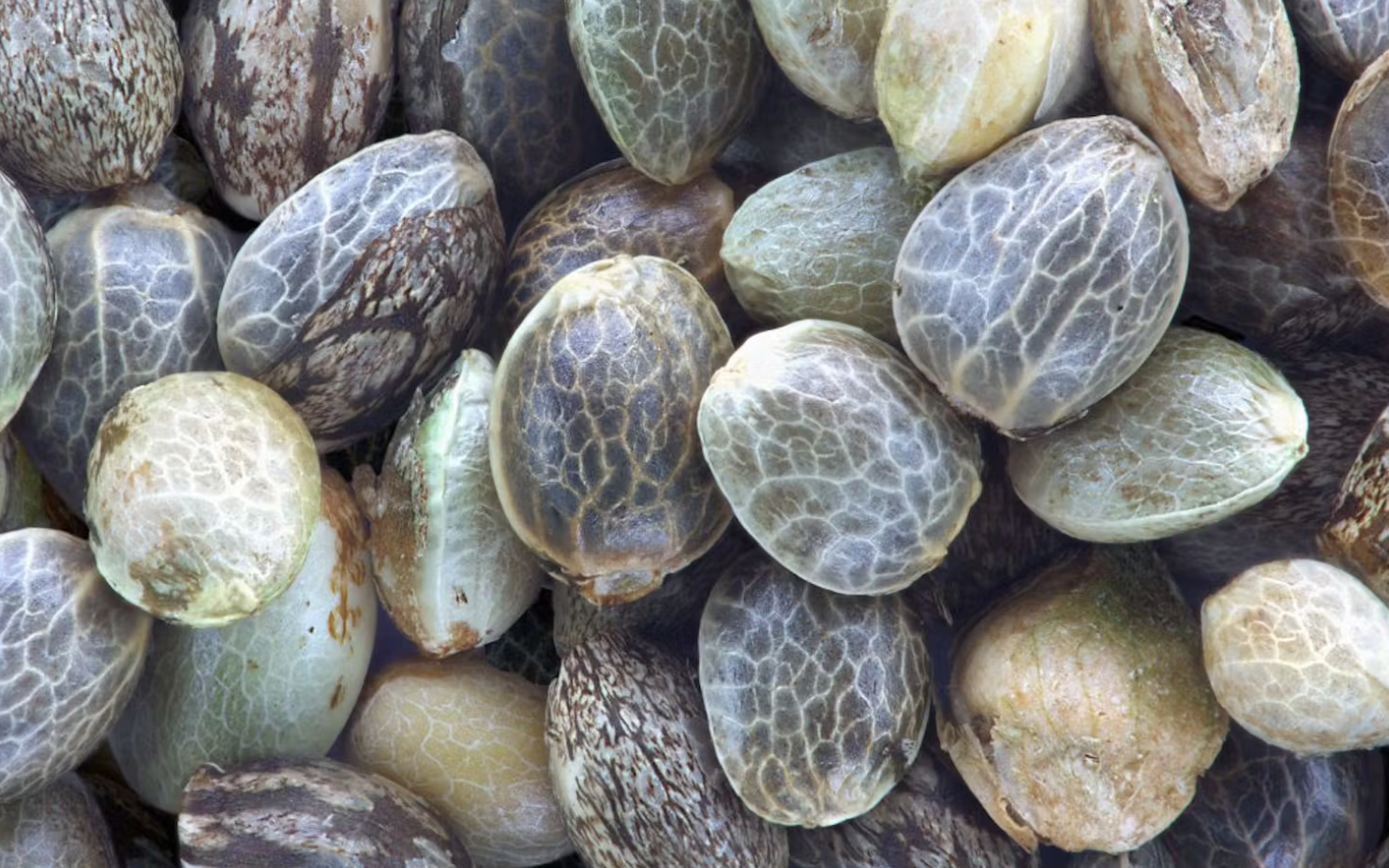
HERE’S HOW TO CULTIVATE CANNABIS FROM A SEED:
Cannabis growth comprises four primary phases:
1. Germination: This marks the emergence of a cannabis seed as it sprouts from the soil and extends its taproot downward.
2. Seedling: At this stage, the seed transforms into a fledgling plant with a few tender leaves. It exhibits fragility and is particularly responsive to fluctuations in temperature and moisture.
3. Vegetative: During this phase, young plants experience rapid growth, manifesting as increased stem and branch development along with the expansion of fan leaves.
4. Flowering: Mature plants enter the flowering stage, initiating the formation of buds that will eventually be harvested and used.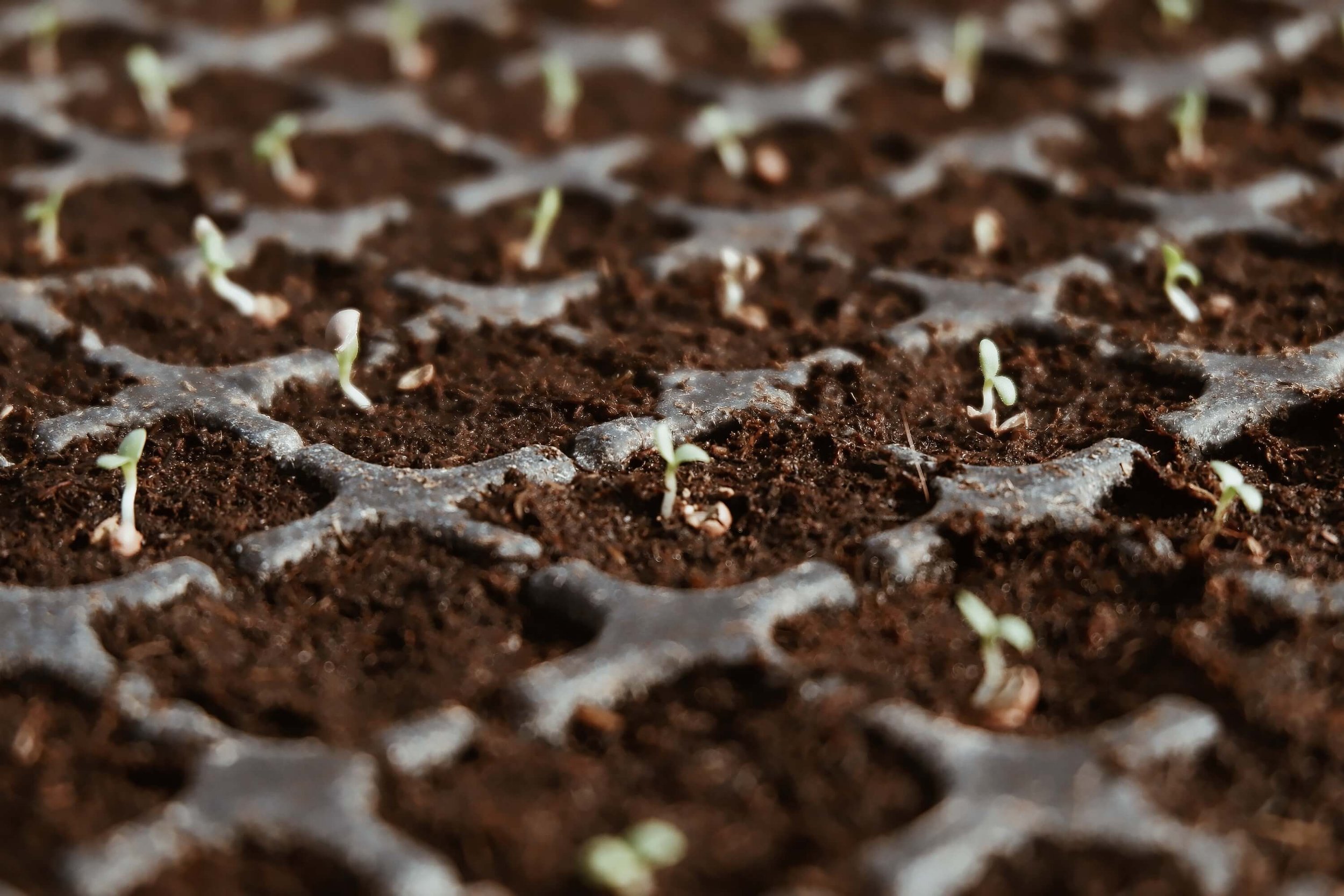
HOW CANNABIS SEEDS DIFFER FROM OTHER SEEDS
Cannabis exhibits a dichotomy of genders, being either male or female, a classification referred to as "dioecious." However, it's important to note that solely the female plants generate the familiar and cherished buds. In terms of reproduction, males bear pollen sacs that facilitate pollination of females, prompting the development of seeds within female flowers. As cannabis seeds attain maturity, the female plant's vitality wanes, leading to their dispersal on the ground for potential growth into new cannabis plants during the subsequent spring. Alternatively, these seeds are collected for processing into seed oil or food products, or preserved for future sowing, ensuring the continuation of the plant's lineage. The cultivation of female cannabis plants devoid of males, or the removal of males before pollen release, is imperative to produce the sought-after buds found in medical and recreational dispensaries. By doing so, female plants channel their energy into bud production, avoiding seed formation. This type of potent marijuana is conventionally termed "sinsemilla," denoting its lack of seeds.Certain cannabis varieties have the ability to generate male components alongside female flowers on the same plant, especially when subjected to environmental stresses. These plants are referred to as hermaphrodites and, at times, can self-pollinate, leading to seed production. When procuring seeds from reputable breeders or seed banks, the germination process offers the assurance of solid genetics and a clean start, devoid of potential diseases or pests. Additionally, obtaining seeds from reputable sources furnishes insights into a specific strain's appearance, aroma, growth patterns, and yield at harvest.It's worth noting that a drawback of growing from seed lies in the uncertainty of outcomes—purchasing a regular pack of cannabis seeds results in a mix of both male and female plants. Consequently, the need arises to differentiate between the genders (further details below) and eliminate the males to prevent seed production by the females.Sexing cannabis plants can be a time-intensive endeavor, and failure to identify and remove males carries the risk of pollinating the entire crop, causing seed development in all female plants.An effective strategy to bypass the sexing process involves purchasing feminized seeds (explained further below), guaranteeing that each seed cultivated will yield a bud-producing female plant.Alternatively, to mitigate complexities associated with seed germination and sexing, individuals can opt for starting with clones, thereby streamlining the cultivation process.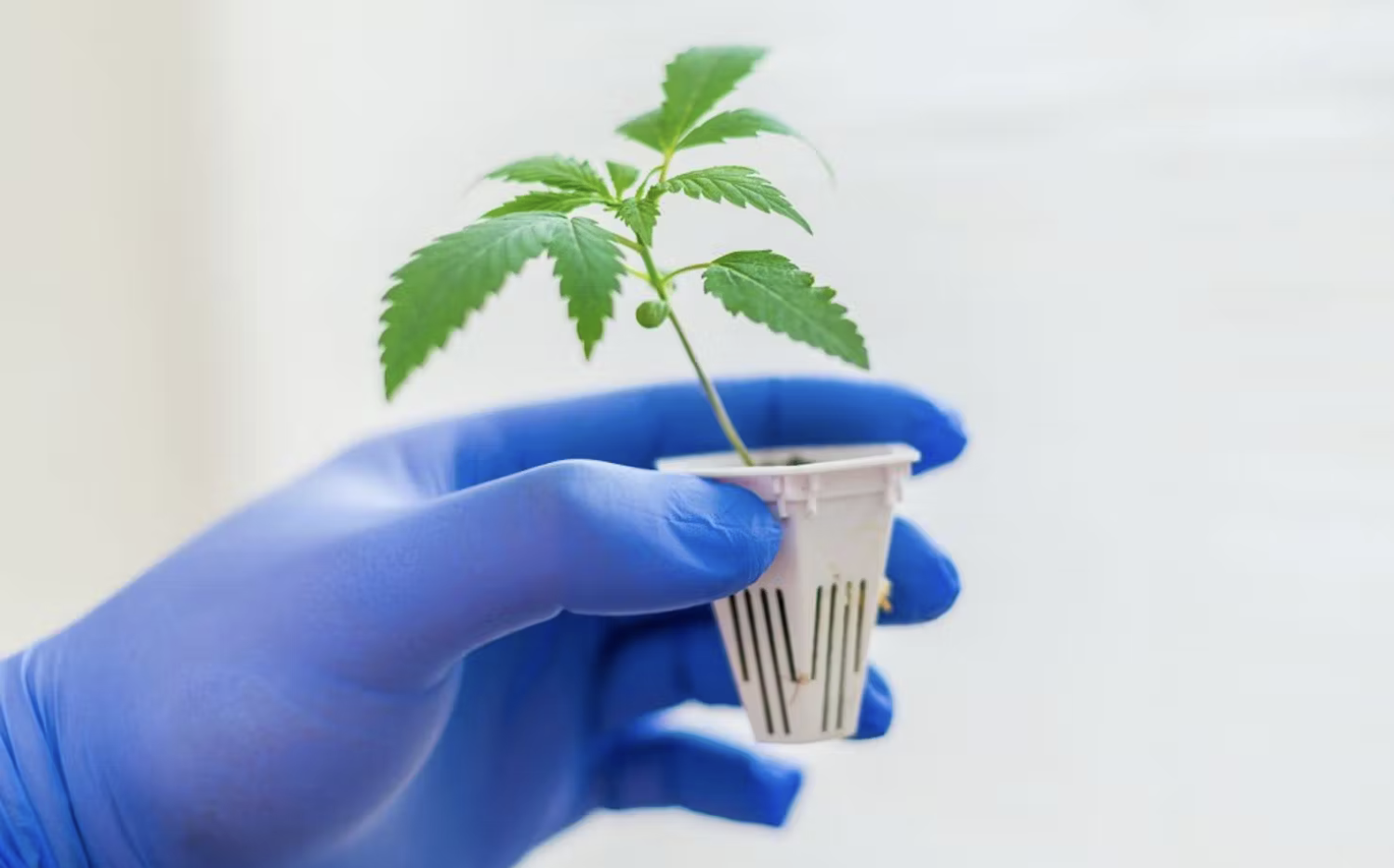
CLONES: THE GOOD, BAD & THE UGLY
In addition to the conventional method of cannabis propagation through seeds, there exists an alternative approach known as cloning, a form of asexual reproduction. Cloning involves creating a genetically identical copy of a plant by taking a cutting, referred to as a clone, from the original plant, often referred to as the "mother." This technique enables the cultivation of a new yield featuring precise replicas of the favored plant. As the genetics remain indistinguishable, a clone inherits the exact attributes of the mother plant, encompassing traits like flavor, cannabinoid composition, yield, growth duration, and more. Consequently, if you encounter a specific strain or phenotype that resonates with you, the option to clone becomes an avenue for generating additional buds that mirror the same sought-after effects and qualities.
Cloning offers the advantage of obviating the necessity to procure new seeds whenever the desire arises to cultivate another plant. Instead, you simply acquire a cutting from the existing plant, thus eliminating the processes of seed germination and sex differentiation required with traditional cultivation.
However, a notable limitation of cloning is that it must be performed during the vegetative stage of a plant's growth—cloning during the flowering stage proves too late. This can pose challenges in scenarios where a limited setup employs a single light source, making it intricate to sustain the viability of clones while simultaneously flowering other plants due to their distinct light requirements. Moreover, clones are susceptible to inheriting negative traits from the mother plant. If the mother is afflicted by a disease, susceptible to pests, or exhibits weak branches, these issues are likely to be replicated in its clones.
Furthermore, it's crucial to acknowledge that clones experience a degradation in quality over time, a phenomenon that seasoned growers commonly attest to.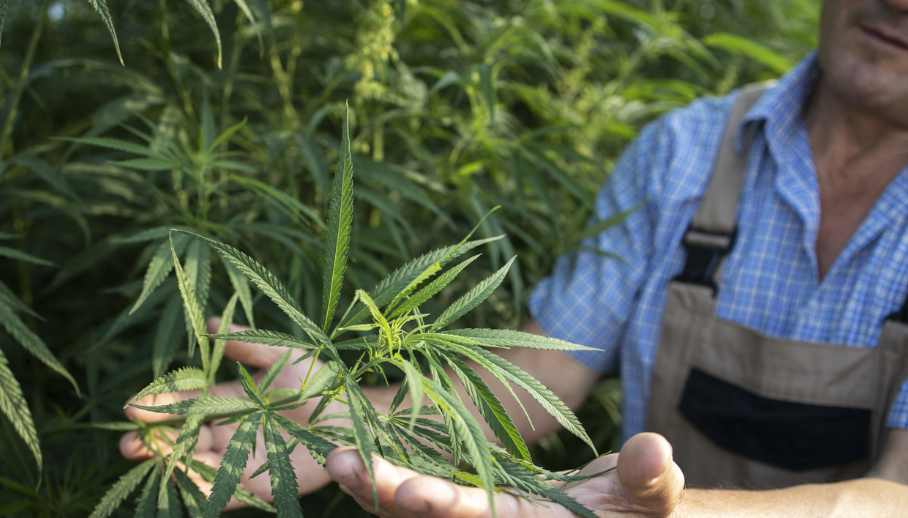
LET’S TALK ABOUT FEMINIZED SEEDS!
Feminized cannabis seeds guarantee the cultivation of exclusively female plants, ensuring the production of buds without the need to eliminate males or concern oneself with pollination of female plants. These seeds result from inducing the monoecious state in a female cannabis plant, yielding progeny that closely resemble the self-pollinated female parent due to the presence of only one set of genes. This process, occasionally termed "cloning by seed," assures the absence of male plants. Achievement of this outcome involves various methodologies:
1. Utilizing a solution of colloidal silver, a liquid containing minute silver particles, applied through spraying onto the plant.
2. Employing a technique referred to as rodelization, wherein a female plant is pushed beyond its normal maturation stage and subsequently used to pollinate another female.
3. Treating seeds with gibberellic acid, a hormone that stimulates germination (though this approach is less commonly employed).
Experienced or commercial cultivators often eschew the use of feminized seeds due to the singular gene set they possess, rendering them unsuitable for breeding endeavors. Nevertheless, many novice growers opt for feminized seeds as they alleviate concerns surrounding the management of male plants.
Several well-established cannabis strains, recognized for their enduring popularity, are available in feminized versions. Notable examples of popular feminized seed strains include:
- OG Kush
- Haze
- Afghani
- GSC (Cookies)
- Skunk
- Cheese
- Gelato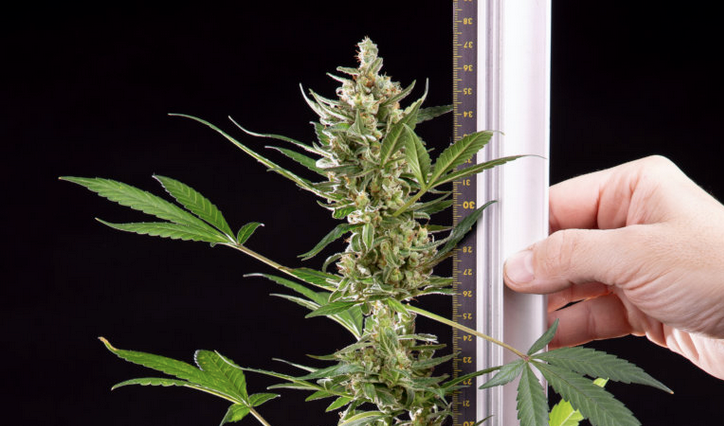
AUTOFLOWERING: PRO’S & CON’S & WHAT THE HECK IS IT?
Autoflowering seeds have gained popularity among novice growers due to their simplicity in cultivation. Unlike regular cannabis plants, which enter the flowering stage based on changes in light exposure, autoflowers initiate flowering automatically as they reach a certain age. This unique trait is derived from a type of cannabis known as Cannabis ruderalis, which evolved in regions with minimal sunlight and thus developed the ability to flower regardless of light duration. This characteristic eliminates the need for growers to manipulate light cycles, making autoflowers an attractive option for those new to cultivation.
Here are some advantages and disadvantages of growing autoflowering cannabis plants:
**Pros:**
1. **Quick Growth and Multiple Harvests:** Autoflowers have a rapid growth cycle, allowing growers to fit multiple harvests within the time it takes for a regular cannabis plant to mature. This is particularly advantageous for maximizing yields.
2. **Flexible Growing Schedule:** Autoflowers can be started early in the growing season, taking advantage of the longer days of summer. They can also be started later for a fall harvest. Their adaptability is especially useful in various climate conditions.
3. **Compact Size:** Autoflower plants are small and compact, making them ideal for discreet growing in confined spaces or outdoor environments where visibility is a concern.
**Cons:**
1. **Potency and Yield:** Historically, autoflower strains were considered less potent and produced smaller yields compared to traditional cannabis plants. However, advancements in breeding have led to improved potency and yields in some autoflower varieties.
2. **Limited Vegetative Time:** Autoflowers have a short vegetative phase, which restricts the window for training and manipulation techniques that are commonly employed during this stage to enhance yield and shape.
3. **Nutrient Needs:** Due to their shorter life cycle and compact size, autoflowers have different nutrient requirements. They require fewer vegetative nutrients like nitrogen and more bloom nutrients.
To successfully grow autoflowering marijuana seeds, consider the following tips:
1. **Climate Considerations:** Take into account the season and climate when planning your autoflower cultivation. Since autoflowers need warmth to thrive, ensure they are protected from rain to prevent bud rot. Using a greenhouse can help provide a controlled environment.
2. **Training Techniques:** Due to the shortened vegetative phase of autoflowers, training methods like topping should be implemented early, typically after the third set of leaves. Pruning lightly can help manage growth and maximize yield.
3. **Nutrient Management:** Provide the appropriate nutrients for each growth phase. Autoflowers have a shorter vegetative period, so they require fewer vegetative nutrients and an increased focus on bloom nutrients during the flowering stage.
In conclusion, autoflowering cannabis seeds are a convenient option for beginners due to their simplified light-independent flowering and quick growth cycle. While they have historically had limitations in potency and yield, advancements in breeding have addressed some of these concerns, making them a viable choice for various growers.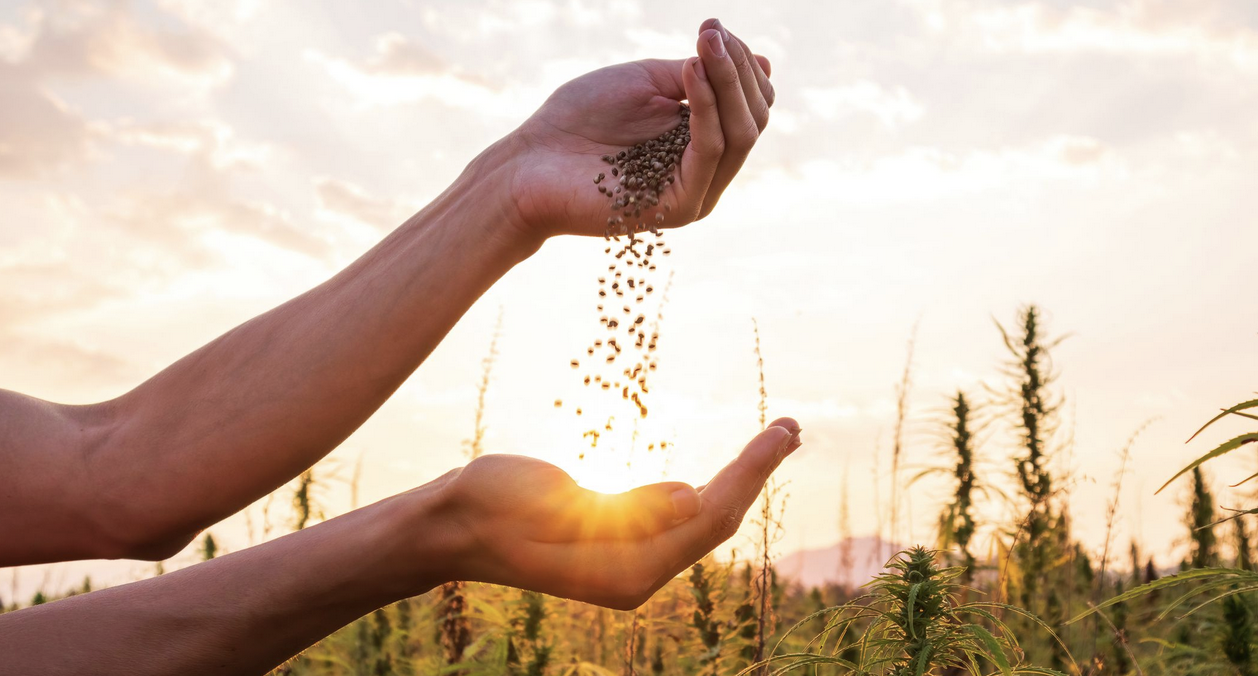
CBD SEEDS AND THE DIFFERENCE BETWEEN HEMP CBD & CANNABIS SEEDS
CBD, short for cannabidiol, stands as one of the various chemical compounds, collectively referred to as cannabinoids, present within the cannabis plant. Over time, human cultivation has prioritized strains with high THC content, leading to the scarcity of cannabis varieties rich in CBD. Notably, the genetic pathways responsible for synthesizing THC differ from those involved in CBD production.
Cannabis employed for hemp production has undergone selective breeding for distinct traits, notably low THC levels, in accordance with the provisions outlined in the 2018 Farm Bill. As a result, numerous hemp strains now yield significant quantities of CBD.
Driven by the expanding interest in CBD's medicinal potential, breeders have undertaken crossbreeding endeavors between high-CBD hemp and cannabis strains. These hybrids manifest minimal or negligible THC content, balanced 1:1 THC to CBD ratios, or some even exhibit elevated THC levels alongside substantial CBD presence (3% or higher).
Seeds for such CBD-rich strains have gained widespread availability through online platforms and dispensaries. Nevertheless, it's important to recognize that not every plant derived from these seeds is guaranteed to produce elevated CBD levels. Establishing a consistent seed line that reliably yields desired CBD content demands years of meticulous cultivation. Thus, growers aiming to cultivate cannabis with specific THC to CBD ratios are advised to rely on tested and proven clones or seeds to ensure desired outcomes.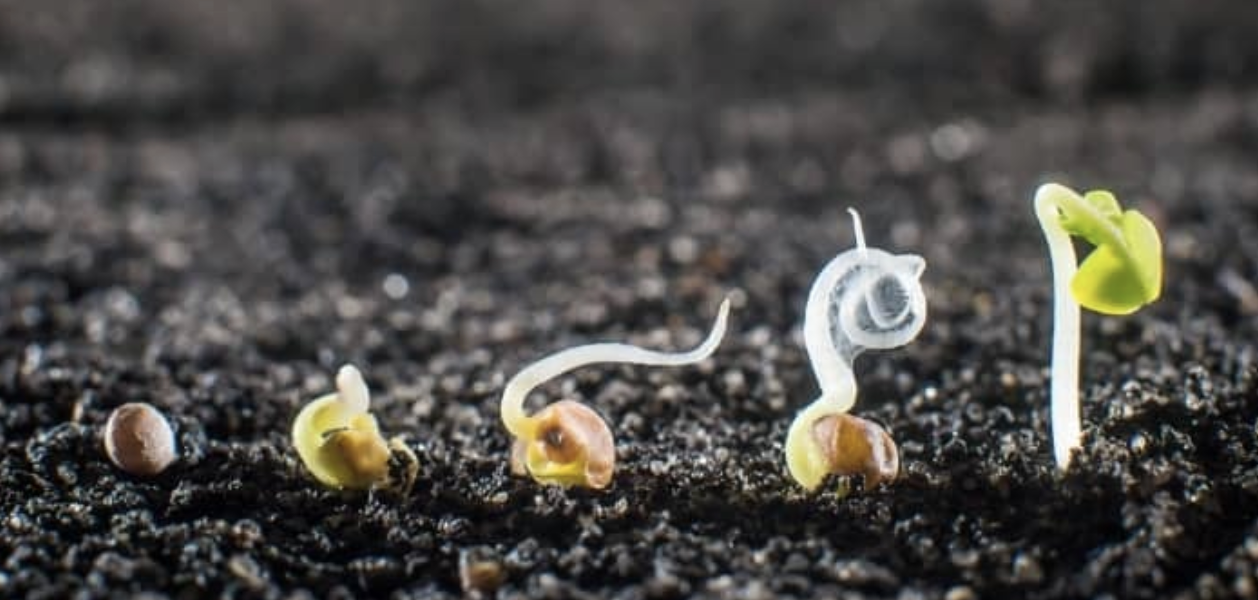
GERMINATING SEEDS…WHAT DOES THAT EVEN MEAN?
Germination, often referred to as "popping," is the initial process through which a seed initiates growth and transforms into a nascent plant. This crucial step marks the onset of your cannabis cultivation journey.
Cannabis seeds can be obtained from various sources and exhibit a range of quality. For detailed guidance on purchasing marijuana seeds, you can refer to our comprehensive Guide to buying cannabis seeds.
The germination of cannabis seeds necessitates three fundamental elements: water, warmth, and air. While multiple methods exist for germination, the most common and straightforward approach requires the following:
Materials Needed:
- Two clean plates
- Four sheets of paper towels
- Cannabis seeds
- Distilled water
Steps:
1. Immerse four paper towels in distilled water, ensuring they are saturated without excess water dripping off.
2. Place two damp paper towels on a plate. Position the marijuana seeds at least an inch apart on the towels and cover them with the remaining moist paper towels.
3. Create a sheltered environment by inverting another plate over the seeds, forming a protective dome.
4. Maintain the germination area at a warm temperature between 70-85°F (21-29°C).
After completing these steps, the waiting period commences. Monitor the paper towels daily to ensure they remain adequately moist. If moisture levels decline, apply more water to maintain optimal conditions for the seeds.
Germination times can vary; some seeds may sprout quickly, while others may take longer. Generally, seeds should germinate within 3-10 days. If two weeks have passed without any sprouting, the seed is likely nonviable.
Successful germination is evidenced by the splitting of the seed casing and the emergence of a single sprout. This sprout is the taproot, destined to develop into the plant's main stem. Exercise caution not to touch the seed or taproot as this delicate phase unfolds.
Transplanting Germinated Cannabis Seeds:
Once the taproot is visible, it's time to transfer the germinated seed into its growing medium, such as soil.
- Fill a 4-inch or one-gallon pot with loose, well-aerated potting soil.
- Pre-moisten the soil to achieve a damp but not saturated consistency.
- Create a hole in the soil using a pen or pencil, with a depth approximately twice the width of the seed.
- Gently place the seed into the hole using tweezers, ensuring the taproot faces downward.
- Lightly cover the seed with soil.
Maintain careful supervision over the soil's moisture and temperature to nurture the delicate seedling. Using a spray bottle for watering is advisable to prevent over-saturation, which can be detrimental to the fragile sprout.
Within approximately a week, you should observe the emergence of a seedling from the soil.
While germinating cannabis seeds may encounter variations in success rates, it offers valuable insights into the potential vigor of plants and genetics. This knowledge aids in selecting prime candidates for cloning or breeding purposes, potentially forming the foundation of your personal seed bank.
POPPING SEEDS? NOW YOU’RE HIP!
Germination, often referred to as "popping," is the initial process through which a seed initiates growth and transforms into a nascent plant. This crucial step marks the onset of your cannabis cultivation journey.Cannabis seeds can be obtained from various sources and exhibit a range of quality. For detailed guidance on purchasing marijuana seeds, you can refer to our comprehensive Guide to buying cannabis seeds.The germination of cannabis seeds necessitates three fundamental elements: water, warmth, and air. While multiple methods exist for germination, the most common and straightforward approach requires the following:Materials Needed:- Two clean plates- Four sheets of paper towels- Cannabis seeds- Distilled waterSteps:1. Immerse four paper towels in distilled water, ensuring they are saturated without excess water dripping off. 2. Place two damp paper towels on a plate. Position the marijuana seeds at least an inch apart on the towels and cover them with the remaining moist paper towels. 3. Create a sheltered environment by inverting another plate over the seeds, forming a protective dome. 4. Maintain the germination area at a warm temperature between 70-85°F (21-29°C).After completing these steps, the waiting period commences. Monitor the paper towels daily to ensure they remain adequately moist. If moisture levels decline, apply more water to maintain optimal conditions for the seeds.Germination times can vary; some seeds may sprout quickly, while others may take longer. Generally, seeds should germinate within 3-10 days. If two weeks have passed without any sprouting, the seed is likely nonviable.Successful germination is evidenced by the splitting of the seed casing and the emergence of a single sprout. This sprout is the taproot, destined to develop into the plant's main stem. Exercise caution not to touch the seed or taproot as this delicate phase unfolds.Transplanting Germinated Cannabis Seeds:Once the taproot is visible, it's time to transfer the germinated seed into its growing medium, such as soil.- Fill a 4-inch or one-gallon pot with loose, well-aerated potting soil.- Pre-moisten the soil to achieve a damp but not saturated consistency.- Create a hole in the soil using a pen or pencil, with a depth approximately twice the width of the seed.- Gently place the seed into the hole using tweezers, ensuring the taproot faces downward.- Lightly cover the seed with soil.Maintain careful supervision over the soil's moisture and temperature to nurture the delicate seedling. Using a spray bottle for watering is advisable to prevent over-saturation, which can be detrimental to the fragile sprout.Within approximately a week, you should observe the emergence of a seedling from the soil.While germinating cannabis seeds may encounter variations in success rates, it offers valuable insights into the potential vigor of plants and genetics. This knowledge aids in selecting prime candidates for cloning or breeding purposes, potentially forming the foundation of your personal seed bank.STAY TUNED NEXT WEEK FOR OUR VERSION OF A BEGINNERS GUIDE TO GROWING!
*SOURCE: HTTPS://WWW.SACBEE.COM/HEALTH-WELLNESS/CANNABIS/ARTICLE270797242


